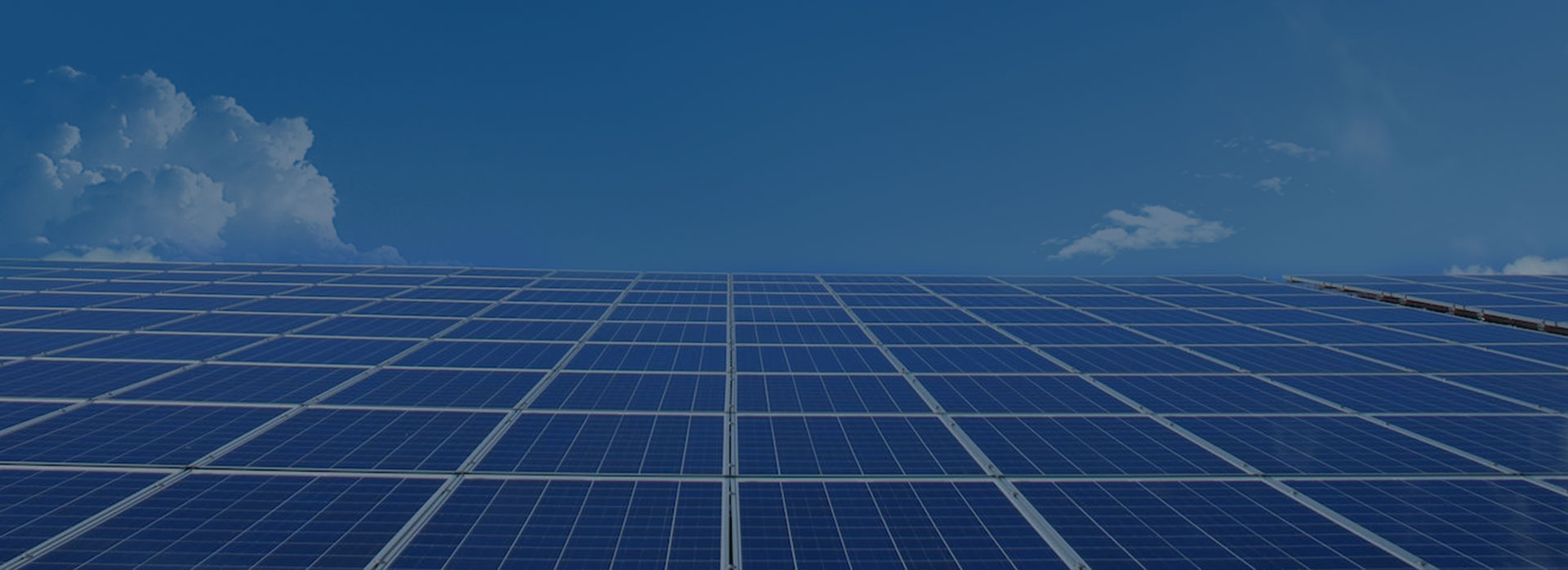Guide to Understanding and Building a Home Solar System introduce: Solar energy is an abundant renewable energy source that has gained popularity due to its environmental benefits and potential cost savings. In this article, we'll explore how solar systems work, the most efficient solar systems, and provide a step-by-step guide on how to build a solar system for your home.
When does the solar power system work? Solar systems rely primarily on sunlight to generate electricity. It runs during the day, but can still generate some power on cloudy or cloudy days. Unless you have a battery backup system, it will completely stop working at night when there is no sunlight.

What is the most efficient solar system? The most efficient solar system is the one that maximizes the conversion of sunlight into electricity.
Photovoltaic (PV) panels are currently the most commonly used and most efficient technology for solar energy systems. These panels consist of solar cells that convert sunlight directly into electricity. Monocrystalline and polycrystalline panels are two types commonly used in residential installations, with the former being more efficient but more expensive. How to Make a Home Solar System: Building a solar system for your home involves several steps:

Step 1: Assess your energy needs: Determine your average daily energy consumption by looking at your energy bill. This will help you estimate the size of your solar system needed and identify potential areas for energy efficiency improvements.
Step 2: Assess Solar Potential: Assess your property's solar potential by considering factors such as the orientation and slope of your roof, shading from nearby buildings or trees, and local weather conditions. Install your solar panels where they receive the most sunlight throughout the day.
Step 3: Design the system: Consult a reputable solar installer or use online resources to design your solar system. Consider factors such as the number and type of solar panels, inverter type, battery storage (if required), and estimated cost.

Step 4: Obtain the necessary permissions: Check with your local authorities for the permits and regulations required to install a solar system. Compliance with building codes and safety requirements is critical.
Step 5: Purchase equipment and install: Buy high-quality solar panels, inverters, and other necessary equipment from reliable suppliers. Hire a professional solar installer or follow detailed installation instructions to ensure safety and proper operation.
Step 6: Connect to grid: Check with your utility company and arrange grid connection. Depending on your location, connecting your solar system to the grid enables net metering, which enables you to receive credits for excess electricity generated.
Step 7: Monitor and maintain the system: Regularly monitor the performance of your solar system to ensure optimal operation. Regular maintenance, such as cleaning panels and checking connections, is critical to maximizing efficiency and extending the life of your system.
In conclusion: There are many benefits to utilizing solar power in your home, including reducing your carbon footprint and potentially saving money on your electricity bill. Understanding how a solar system works, investing in high-efficiency photovoltaic panels, and following a step-by-step guide to building a solar system will enable you to make sustainable energy choices for your home.
If you want to know more home energy storage solutions or solar products, welcome to www.suness.com for consultation









